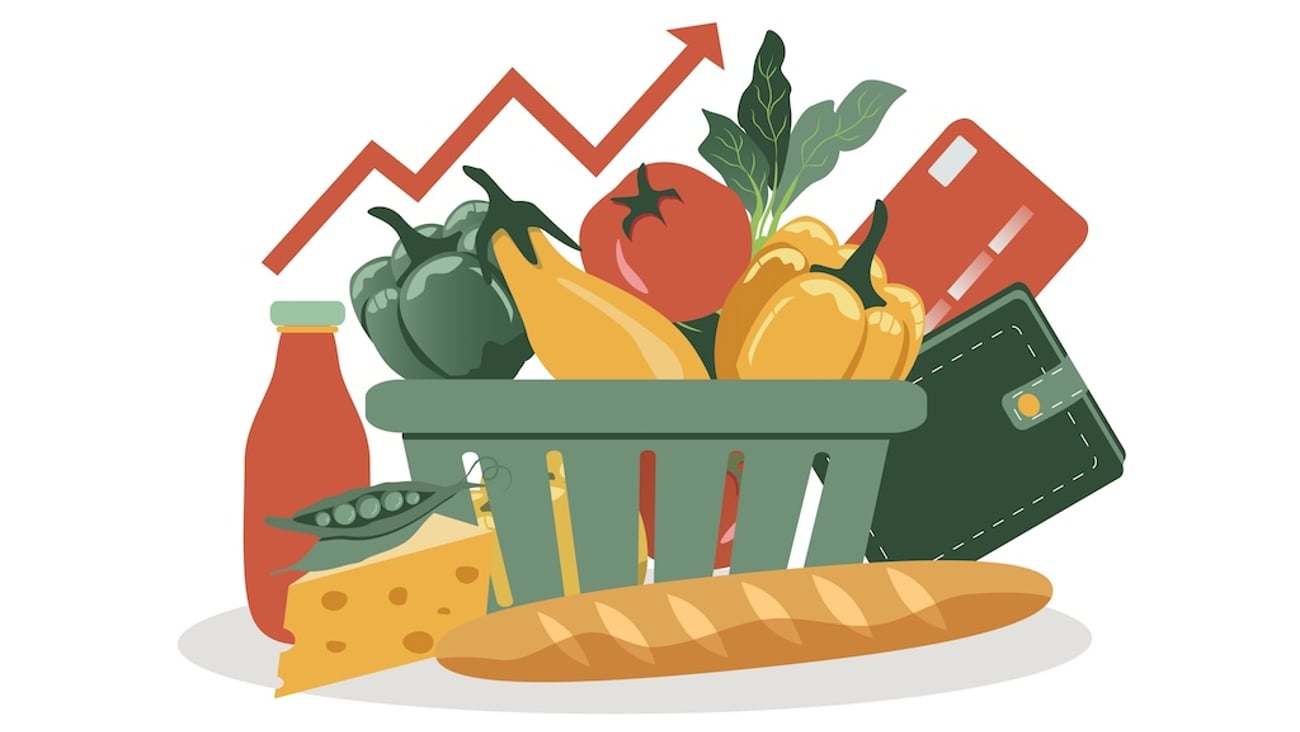Farmers in lab coats
This week, a significant milestone has been achieved in cellular agriculture, with the United States Department of Agriculture (USDA) granting regulatory approval to GOOD Meat and UPSIDE Foods for the commercial distribution of their cultivated chicken products within the country. Cultivated meat, also known as cultured meat, refers to meat-based products produced from animal cells cultured in a laboratory, offering a potential solution to the environmental and ethical challenges associated with traditional meat consumption.
However, the availability of cultured meat in the United States will initially be limited, as it will be introduced gradually, starting with a select few restaurants. Mass commercialization is projected to be more than a decade away, but the disruptive nature of this technology is undeniable and will become more apparent over time. Moreover, cultured meat has the potential to be more cost-effective compared to conventional chicken.
READ: Cult Food Science CEO on the future of cellular-based food
The advantages of producing meat in a controlled, sterile environment are substantial. Risks associated with conventional meat production, such as avian flu outbreaks that have severely impacted the poultry industry, would be mitigated. The recent avian flu outbreaks caused the loss of over 70 million chickens in the United States and led to a significant increase in egg prices. Cultured meat also reduces the likelihood of product recalls due to salmonella contamination. Animal welfare concerns are minimized, although the use of stem cells derived from actual animals is still required. Furthermore, cultured meat production eliminates the need for the usual feed and water resources.
Environmental risks though are still not clear, at least not yet. Recent evaluations of the environmental impact throughout the entire life cycle of current cultured meat-growing methods, although not yet subjected to peer review, revealed that the production of cultured meat could potentially result in carbon dioxide emissions ranging from four to 25 times higher per kilogram compared to some traditional meat products. These findings consider all the associated costs, taking into account the specific techniques employed.
READ: Canada's food industry has an appetite for innovation
Nonetheless, investments exceeding $3 billion have been made in nearly 160 companies dedicated to developing cultured protein products in the United States alone. Canada has more than a dozen. Notably, investors include major players in the meat sector, such as Cargill and Tyson Foods, as well as the USDA itself. Additionally, nearly a billion dollars have been invested in lab-grown seafood products.
With the recent USDA approval, the United States joins Singapore as one of the two countries where cultured meat has received regulatory endorsement and entered the market. It is anticipated that the next country to approve cultured meat will likely emerge from Asia, with South Korea and China being strong contenders. In Europe, the Netherlands' early achievement in producing the world's first cultured beef burger in 2013 may not make a difference. Regulatory approval in Europe is expected to be challenging.
READ: Could Canadians get behind cell-based meat?
In Canada, there are concerns regarding the potential approval of cultured meat within the country. The regulatory framework in Canada is complex, primarily due to the supply management regime that governs the production of dairy, poultry and eggs. This policy, which involves government-sanctioned quotas valued at over $30 billion for animal protein production, is expected to present significant resistance to the introduction of contemporary production techniques. Lobby groups associated with these industries wield substantial influence. Consequently, they possess the capability to impede the adoption of these innovative production methods in Canada for a considerable period, possibly following a trajectory like Europe's approach.
Ultimately, the acceptance of cultured meat hinges largely on consumer attitudes. Many Canadians are reluctant to even consider trying or consuming cultivated meat, primarily due to a sense of disgust or skepticism labeling it as "fake meat." However, it is essential to recognize that cultivated meat is far from being “fake”, and the case for its adoption grows stronger with each passing day. The physiological composition of cultivated meat is identical to that of traditional meat, with cultivated chicken, the only approved variety thus far, exhibiting the same taste and texture as conventionally produced chicken – the exact same.
READ: Is Canadian lab-made meat headed to your plate?
Clear labeling will play a crucial role in ensuring transparency for consumers, allowing them to differentiate between cultured and conventional meat. It is crucial not to repeat the mistakes made in the past with genetic engineering and genetically modified organisms (GMOs), where technological advancements were concealed from consumers, leading to negative consequences. Openness and disclosure are vital, particularly now.





